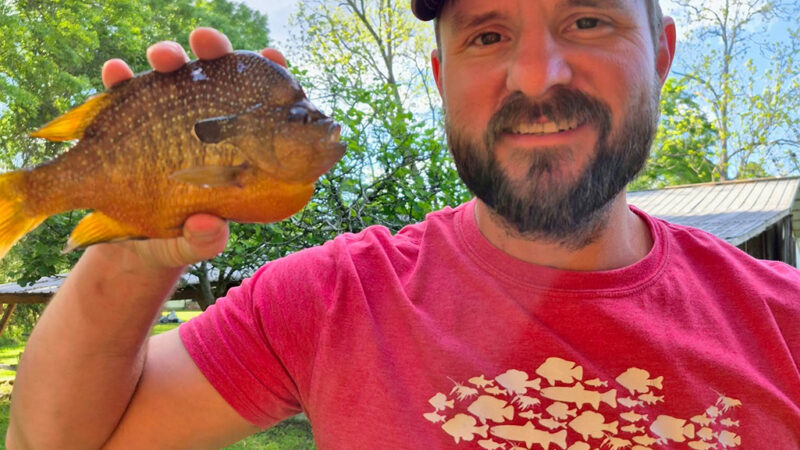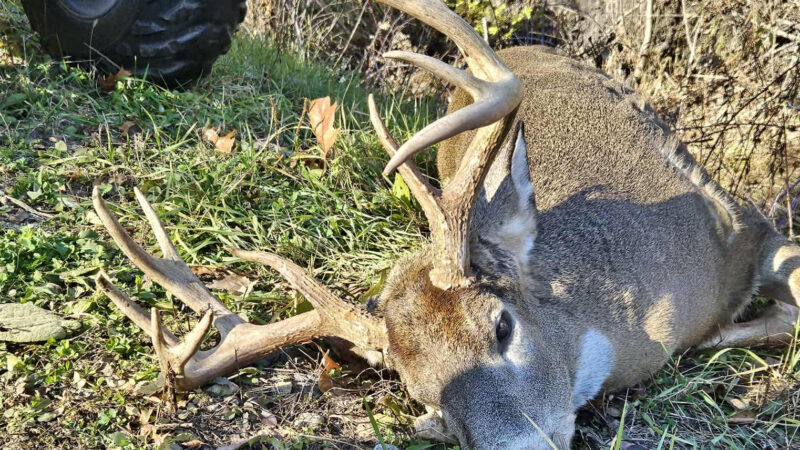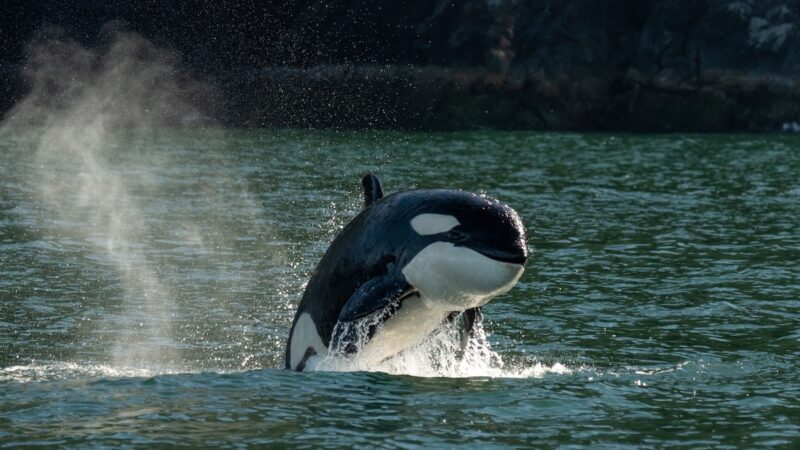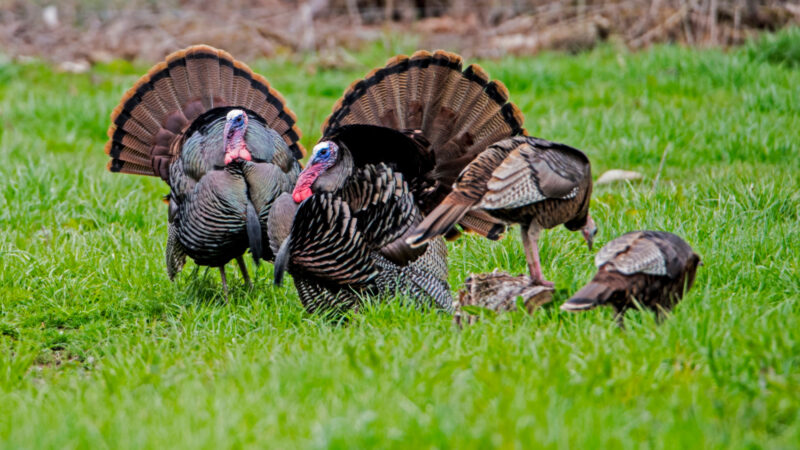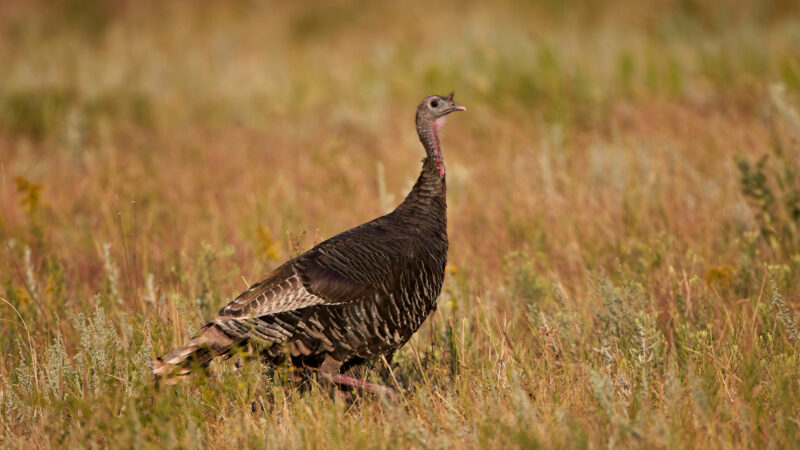This Independence Day, Celebrate the Gift of Public Land
While our nation’s founders fought for freedom from tyranny and oppressive taxation, personal liberty was at the core of America’s origin story.
Nearly 250 years later, personal liberty remains the great gift of our national sovereignty movement, and while signers of the Declaration of Independence couldn’t have imagined it in 1776, the emergence of public land is one of the great expressions of our national identity. As colonists, we were surrounded by the wild woods and rivers of America, originally the territory of Native Americans, then considered the domain of the King of England and off-limits to our European ancestors who lived among the boundless bounty of the New World.
But in the new United States, those public lands changed ownership, becoming the property not of the King but, eventually, of all citizens. Given that history, there’s no better expression of your right as an American than to recreate this holiday on public land.
Maybe you visit one of America’s 424 national parks that span more than 84 million acres of mountains, red-rock canyon, rivers, and even tropical islands. Or maybe you stay at a designated campground while you hike a few of the 188 million acres managed by the U.S. Forest Service. Feeling a little more adventurous? Shoulder a backpack and trek across 111 million acres of designated wilderness. Or find a remote two-track trail and camp beside your vehicle on the 247 million acres of ground administered by the Bureau of Land Management. Maybe you want to view wildlife? The U.S. Fish & Wildlife Service administers over 560 National Wildlife Refuges and 70 national fish hatcheries, where healthy wildlife habitat is the agency’s top priority.
Those are just the federal lands that are open to you, your family, and your neighbors. Every state has thousands (some have hundreds of thousands) of acres managed as state parks or state forests. Nearly every mile of our rivers is open to public recreation, and tens of thousands of lakes and reservoirs offer wonderful fishing, camping, and water-based recreation.
Finding Your Way on Public Lands
Public lands can sometimes resist visitation. They’re not always clearly marked or defined. They often require a vehicle to access. Some charge visitation fees to help cover administration and infrastructure improvement costs. And others are so remote and wild—we’re looking at you, Alaska—that they require specific logistics to reach and special gear to access.
But there are plenty of resources to help you find public lands near you. If you’re looking for a campground or designated recreation area, visit www.recreation.gov. Or maybe you want to find a place to hunt, hike, or fish. The Public Lands Foundation has interactive maps of federally managed public lands across the country. And every state wildlife and parks agency has maps and resources for visitors to state-managed lands.
If you’re into take-it-with-you technology, the mobile mapping app onX shows land ownership of nearly every acre of the country, and can be a great resource to find out-of-the-way public parcels.
Public-Land Funding
As you recreate this Independence Day, keep in mind that while public land is open to everyone regardless of age, gender, race, or religion, it’s not exactly free. It was taken from Native Americans and costly to our founders, but this gift to all Americans and visitors required funds to acquire in some cases, and nearly all public property requires ongoing maintenance, which is funded through a variety of channels.
Acquisition of public lands is made possible through outright purchase. In some cases, state wildlife agencies use revenue from hunting and fishing licenses to purchase fee title or conservation easements that allow full or limited public use of the property. In other cases, funds from the federal Land and Water Conservation Fund are used to purchase parkland, wildlife habitat, or even municipal playground equipment. In the case of wildlife refuges, states tap into federal and state funds to acquire critical habitat that is then managed primarily for wildlife. Many of America’s most pristine wetlands and waterfowl production areas were purchased with funds from the Duck Stamp, a special license required of every duck and goose hunter in America.
Read Next: Sportsmen, Gun Owners Generated a Record $1.5 Billion in Conservation Funding Last Year
Critical maintenance of our public-land infrastructure—including parking areas, fencing, weed management, campgrounds, and restrooms—is often funded by America’s hunters and anglers. Many state agencies receive a portion of taxes that shooters and anglers pay when they buy guns, ammunition, and fishing gear. That tax revenue can only be used on projects that benefit wildlife management, habitat, outdoor recreation, and facilities like shooting ranges, boat docks, and wildlife refuge parking lots.
While hunters and anglers fund many of these infrastructure improvements, the vast majority of visitation is by Americans who never bought a hunting or fishing license.
Read Next: There Will Always Be Public Hunting Land in America
But you shouldn’t be overly concerned about potholes, port-a-potties, or parking signs this holiday as you enjoy America’s expansive public lands. Use our public properties, share them, celebrate them, and cherish them. Just know that our public land, like our freedom, isn’t free.
About the Outdoor Industry Communication Council
Formed around a commitment to educate all Americans about the origins of conservation funding in America, the Outdoor Industry Communication Council is powered through a multi-state conservation grant and represented by companies, wildlife agencies, professional communicators, and conservation organizations.
The post This Independence Day, Celebrate the Gift of Public Land appeared first on Outdoor Life.
Source: https://www.outdoorlife.com/conservation/celebrate-public-land-independence-day/

